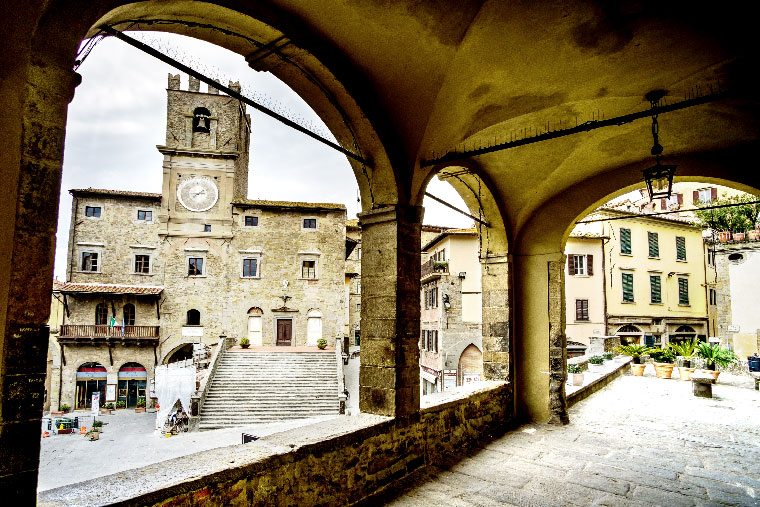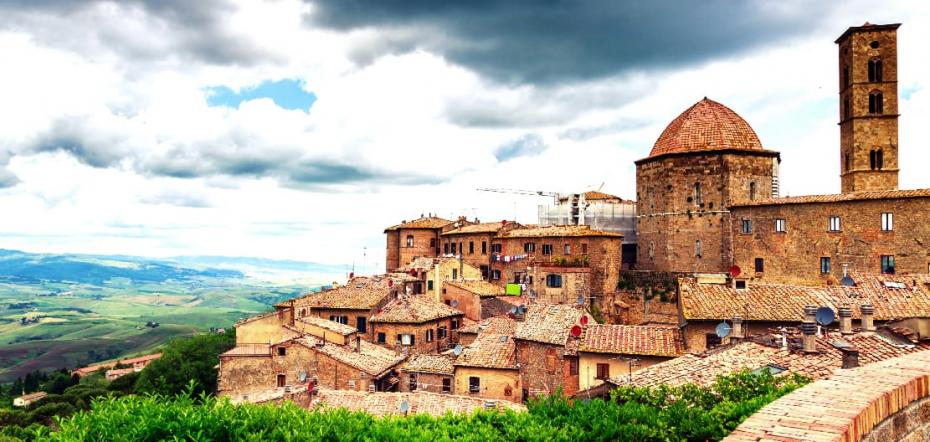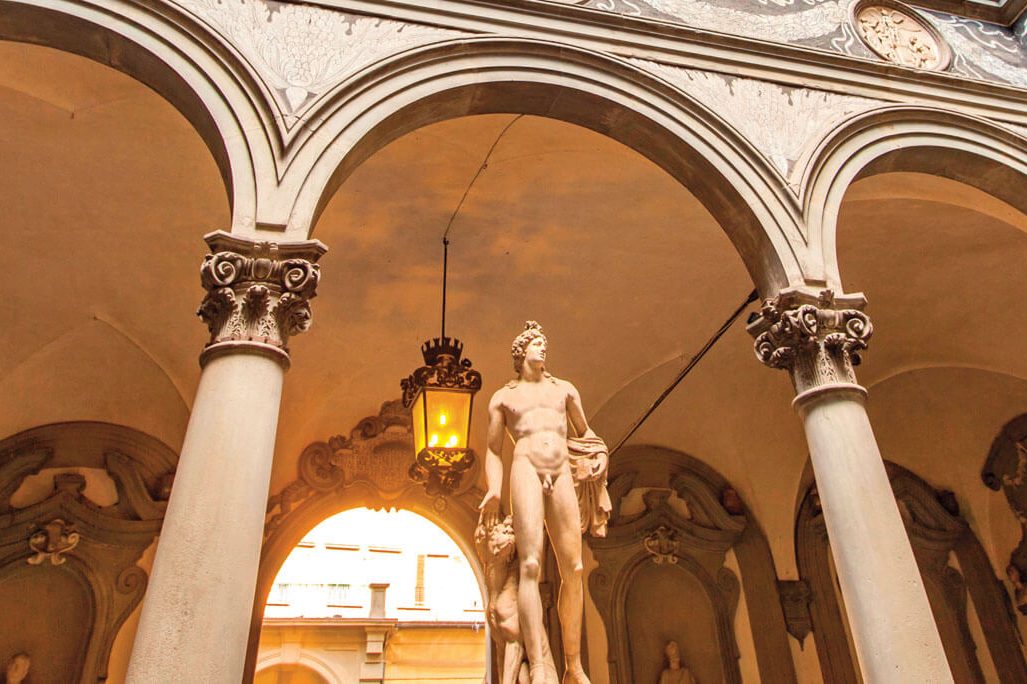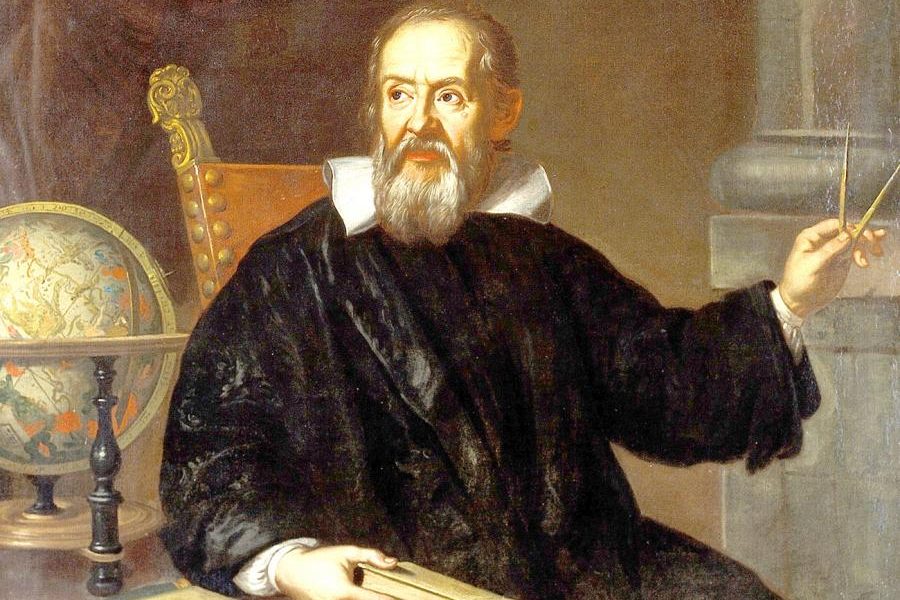Among all the American “italophiles” that have contributed to the shaping and defining of our current idea of Italy over the last centuries, Henry James seems to be an outstandingly meticulous observer. Not only has this great writer detailed the relationship between Americans and Europeans at large in his most famous novels, he also wrote extensively about the Bel Paese in his travel journals and essays, to begin with those collected in Italian Hours (1909). In a sense, this product of James’ forty years of wandering through the Italian peninsula continues to be valuable even today, if only as a sort of century-old handbook for those travelers who want to visit Italy by re-discovering long-forgotten paths in search of remote places that time has possibly left unchanged.
Of course, as a passionate student of Italian culture and art, James did as well include in his itinerary the main steps of the classical Grand Tour, with a lot of pages devoted to the impressions of Venice, Rome, and Florence. If it weren’t for the usual landmarks, though, these cities would now seem almost unrecognizable to the modern tourist: sure enough, the writer himself – who visited these locations again and again between the 19th and 20th centuries – had already warned how the passing of time threatened to disconnect Italy’s ancient beauties and its new industrial reality.

In fact, James felt that even the simple changes in the way of visiting over four decades – first by coach, then by train, then by car – somehow contributed to make Italy and the USA look too much alike: an assumption reinforced by epiphanies such as the one the writer experienced in noticing that the votive taper of a Tuscan wayside shrine was fed with kerosene. But however cities like Florence may have modernized during the last hundred years, none of the places visited by this author has probably been preserved better than Tuscany and its countryside. After all, many are the unspoiled landscapes in this “genial” region that still provide present-day tourists with the “exquisite sense of the scarce expressible Tuscan quality” by which James was also struck.
To experience a similar sense of timeless beauty, each traveler may just look at the vivid words that this writer had, for example, for the beautiful tower in Siena’s Piazza del Campo, in itself “a Declaration of Independence”. Or one can simply follow
James’ footsteps firsthand on the road to Cortona, Volterra, Montepulciano, or San Gimignano. Yet the best way to lose yourself in this author’s self-proclaimed “luxury of loving Italy” while at the same time exploring less-traveled roads is to look for the unusual attractions that lie hidden between the lines of Italian Hours. Once again, some of the most interesting are to be found in Tuscany.
For instance, you can surely quench your thirst for ancient times by embarking on the journey through the woods that surround the Vincigliata Castle. If you have never heard about this once-popular location near Fiesole it is because, unfortunately, its breathtaking gardens, terrace and courtyard are now used mainly as a wedding venue. But even if you do not really plan on marrying in the near future, the castle should nonetheless arouse your curiosity. Built roughly a thousand years ago, around 1840 – some decades before James passed by – the fortification was raised from its ruins by the rich English lord John Temple Leader, who acquired it with the intention to “restore” its medieval glory and thus fulfill his Romantic dream: the result, after ten years of works, was “a massive facsimile, an elegant museum of archaic images, mainly but most amusingly counterfeit, perched on a spur of the Apennines”. However it may have seemed kitschy to James, the “sense of the past” the castle exudes is reinforced by a local legend, according to which the spirit of Donna Bianca – a young girl who died on her wedding day, after she witnessed the assassination of her betrothed from the main tower – still roams in the silent halls of Vincigliata, protecting all the lovers who will marry here.
Ultimately, this is just an example of the many unconventional itineraries that can be inspired by James’ pilgrimages. Another of these excursions off the beaten track, at least, is worth-considering before we leave each traveler to his or her adventures. The advice is to take all the time you need to look around the “pictured convent of Monte Oliveto” near Asciano (Siena), a 14th century Benedectine abbey overlooking the Crete Senesi. Even if the paved uphill route may not be as evocative as in James’ times, you might meet a lonely abate (abbot) there, similar to the solitary overseer that the writer captured under the frescoed masterpieces by Luca Signorelli and Il Sodoma: just further evidence that – in spite of all the noise of modern life – Italy still offers all visitors a wide range of journeys through the past.































